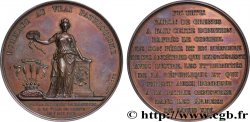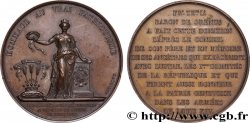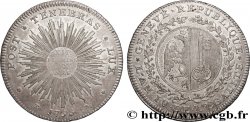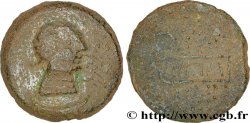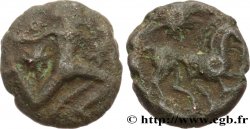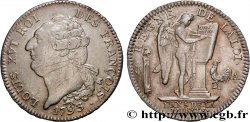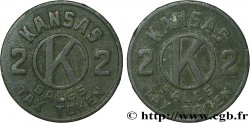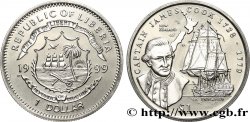上一页 1/1
fme_478676 - SWITZERLAND - REPUBLIC OF GENEVA Médaille pour Louis Le Fort consul de Genève
200.00 €约 1638.00 CNY
数量
加入购物车

种类 Médaille pour Louis Le Fort consul de Genève
日期: 1734
铸币厂名称/城市 Suisse, Genève
材质 bronzed tin
直径 55 mm
模子方针 12 h.
硬币制模工 DASSIER Jean (1676-1763)
重量 99,5 g.
侧面 lisse
关于品相的说明
Très intéressante médaille avec des traces de circulation. Patine hétérogène. Présence de coups et rayures
出版目录中的项代码 :
家谱
Cette médaille provient de la collection Isaac Tual (né en 1884)
正面
正面的文字 LUD. LE FORT REIP. GENEV. CONSUL. PRIMAR.ANN. 1734. AE. T. 66.
正面的说明书 Buste de trois quart face de Louis Le Fort.
背面
背面的文字 DEI - NUMINE // JURA CIVIUM ASSERTA / ANNO 1734 (À L’EXERGUE).
背面的说明书 Allégorie de la ville assise et accoudée sur les armes de la ville, face à elle quatre génies incarnant le commerce, l'art, la science et la force.
评论
Le syndicat à Genève était un élu, détenteur d'une partie du pouvoir exécutif durant l'Ancien régime. La fonction de syndic apparaît avec le mouvement communal au milieu du XIIIe siècle lorsque les marchands et artisans se regroupent pour lutter contre la puissance seigneuriale de l’évêque de Genève. En 1309, l’évêque Aymon de Quart doit reconnaître l’existence de la commune dont l’organisation de base est le Conseil général auquel participent les habitants et qui élit les syndics. Plus tard, ils seront nommés par le Conseil des Deux-Cents.
Cette organisation disparaîtra en décembre 1792 dans les troubles provoqués par la Révolution française mais sera restaurée au XIXe siècle.
The union in Geneva was an elected body, holding part of the executive power during the Ancien Régime. The function of syndic appeared with the communal movement in the mid-13th century when merchants and artisans grouped together to fight against the seigniorial power of the Bishop of Geneva. In 1309, Bishop Aymon de Quart had to recognize the existence of the commune, whose basic organization was the General Council, in which the inhabitants participated and which elected the syndics. Later, they would be appointed by the Council of Two Hundred. This organization would disappear in December 1792 in the unrest caused by the French Revolution but would be restored in the 19th century.
Cette organisation disparaîtra en décembre 1792 dans les troubles provoqués par la Révolution française mais sera restaurée au XIXe siècle.
The union in Geneva was an elected body, holding part of the executive power during the Ancien Régime. The function of syndic appeared with the communal movement in the mid-13th century when merchants and artisans grouped together to fight against the seigniorial power of the Bishop of Geneva. In 1309, Bishop Aymon de Quart had to recognize the existence of the commune, whose basic organization was the General Council, in which the inhabitants participated and which elected the syndics. Later, they would be appointed by the Council of Two Hundred. This organization would disappear in December 1792 in the unrest caused by the French Revolution but would be restored in the 19th century.







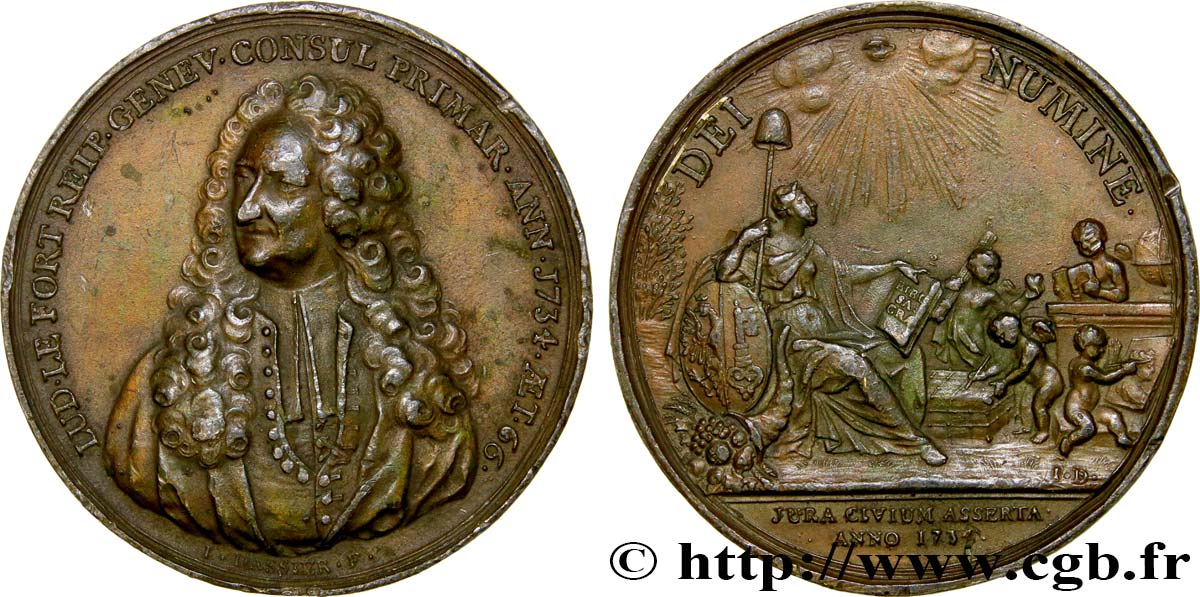
 对产品描述纠错
对产品描述纠错 打印
打印 分享我的选择
分享我的选择 提问
提问 Consign / sell
Consign / sell
 产品介绍
产品介绍